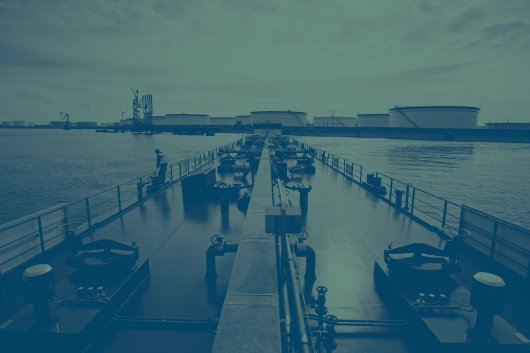Yokohama targets ship-to-ship LNG bunkering in 2020
Annual sales of 100,000-150,000 tonnes needed for ship-to-ship bunkering project to be profitable, says MLIT.
The ports and harbours bureau of the Ministry of Land, Infrastructure, Transport and Tourism (MLIT) in Japan has this week announced the completion of a feasibility study to develop the port of Yokohama as an LNG bunkering hub.
In the feasibility study, MLIT has published a roadmap for the development of LNG bunkering at Yokohama in three phases.
The first phase, which was carried out in November, involves the optimization of truck-to-ship bunkering by decreasing the distance between the LNG supply truck and the LNG-fuelled ship.
Phase two, which has been scheduled to be completed in 2020, involves the introduction of ship-to-ship bunkering at the Sodegaura LNG terminal in Tokyo Bay, where infrastructure is already in place for the supply of LNG to ships. According to MLIT, approximately 6 billion yen ($51.1 million) will be needed for improvements to the LNG terminal and investment in an LNG bunkering vessel.
Phase three will involve improvements to Yokohama's ship-to-ship bunkering infrastructure with the introduction of a new LNG supply system and a second LNG bunker delivery vessel. This is expected to cost 10 billion yen ($85.2 million).
MLIT says demand will need to be between 100,000 and 150,000 tonnes per year for phase two to be profitable. According to its demand forecast, the conversion rate to LNG-fuelled vessels will be between 5 and 27 percent during the 2025-2030 period. With a conversion rate of 5 percent in the Yokohama area, MLIT says annual LNG demand would be 90,000 - 250,000 tonnes. A 10 percent conversion rate would result in an annual demand of 180,000 - 500,000 tonnes, whilst 360,000 - 1,000,000 tonnes would be sold if the conversion rate was 20 percent, MLIT says.
Earlier this year, in June, MLIT established a steering committee to examine the possibility of establishing LNG bunkering stations in Japan, teaming up with Nippon Yusen Kabushiki Kaisha (NYK Line) and Tokyo Gas.
Other participants in the project are: Yokohama Kawasaki International Port Co., Ltd.; the City of Yokohama; the Agency for Natural Resources and Energy of the Ministry of Economy, Trade and Industry; the Maritime Bureau; the Ports and Harbours Bureau; and the Japan Coast Guard.
The study group held its first meeting on 9th June to look into the feasibility of developing the first LNG refuelling facility at Yokohama, which was used as a model case. At the first meeting, participants examined the technological and infrastructural requirements, market factors and project costs.
Tokyo Gas already has LNG infrastructure in Yokohama: its Ohgishima LNG terminal has been operating since January 1998, while its Negishi LNG terminal went into operation in May 1966.
NYK Line also has LNG interests in Yokohama: in September last year, the shipping firm received delivery of its first LNG-fuelled tugboat, the Sakigake. The vessel has been chartered to Wing Maritime Service Corporation and operates mainly at the ports of Yokohama and Kawasaki. It is able to run on either LNG or marine diesel oil (MDO). LNG fuel for the new tugboat is supplied by Tokyo Gas from a tanker truck using the truck-to-ship bunkering method at a pier in Yokohama.
Image: The world's first ship-to-ship LNG bunkering operation between two independent ocean-going vessels, carried out between the M/T Ternsund and the Coral Energy on 3rd September 2016.
In the feasibility study, MLIT has published a roadmap for the development of LNG bunkering at Yokohama in three phases.
The first phase, which was carried out in November, involves the optimization of truck-to-ship bunkering by decreasing the distance between the LNG supply truck and the LNG-fuelled ship.
Phase two, which has been scheduled to be completed in 2020, involves the introduction of ship-to-ship bunkering at the Sodegaura LNG terminal in Tokyo Bay, where infrastructure is already in place for the supply of LNG to ships. According to MLIT, approximately 6 billion yen ($51.1 million) will be needed for improvements to the LNG terminal and investment in an LNG bunkering vessel.
Phase three will involve improvements to Yokohama's ship-to-ship bunkering infrastructure with the introduction of a new LNG supply system and a second LNG bunker delivery vessel. This is expected to cost 10 billion yen ($85.2 million).
MLIT says demand will need to be between 100,000 and 150,000 tonnes per year for phase two to be profitable. According to its demand forecast, the conversion rate to LNG-fuelled vessels will be between 5 and 27 percent during the 2025-2030 period. With a conversion rate of 5 percent in the Yokohama area, MLIT says annual LNG demand would be 90,000 - 250,000 tonnes. A 10 percent conversion rate would result in an annual demand of 180,000 - 500,000 tonnes, whilst 360,000 - 1,000,000 tonnes would be sold if the conversion rate was 20 percent, MLIT says.
Earlier this year, in June, MLIT established a steering committee to examine the possibility of establishing LNG bunkering stations in Japan, teaming up with Nippon Yusen Kabushiki Kaisha (NYK Line) and Tokyo Gas.
Other participants in the project are: Yokohama Kawasaki International Port Co., Ltd.; the City of Yokohama; the Agency for Natural Resources and Energy of the Ministry of Economy, Trade and Industry; the Maritime Bureau; the Ports and Harbours Bureau; and the Japan Coast Guard.
The study group held its first meeting on 9th June to look into the feasibility of developing the first LNG refuelling facility at Yokohama, which was used as a model case. At the first meeting, participants examined the technological and infrastructural requirements, market factors and project costs.
Tokyo Gas already has LNG infrastructure in Yokohama: its Ohgishima LNG terminal has been operating since January 1998, while its Negishi LNG terminal went into operation in May 1966.
NYK Line also has LNG interests in Yokohama: in September last year, the shipping firm received delivery of its first LNG-fuelled tugboat, the Sakigake. The vessel has been chartered to Wing Maritime Service Corporation and operates mainly at the ports of Yokohama and Kawasaki. It is able to run on either LNG or marine diesel oil (MDO). LNG fuel for the new tugboat is supplied by Tokyo Gas from a tanker truck using the truck-to-ship bunkering method at a pier in Yokohama.
Image: The world's first ship-to-ship LNG bunkering operation between two independent ocean-going vessels, carried out between the M/T Ternsund and the Coral Energy on 3rd September 2016.
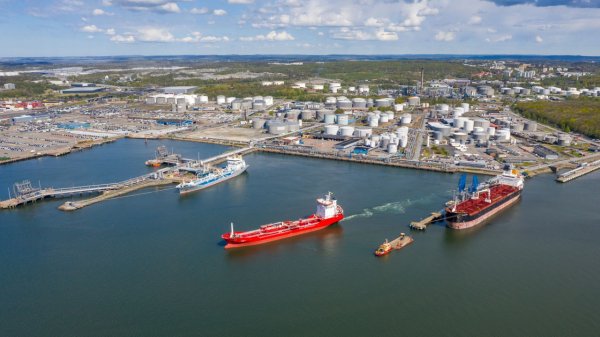
|
Swedish biomethane bunkered in Gothenburg
Test delivery performed by St1 and St1 Biokraft, who aim to become large-scale suppliers. |
|
|
|
||

|
Cockett to be closed down after 45 years
End of an era as shareholders make decision based on 'non-core nature' of Cockett's business. |
|
|
|
||
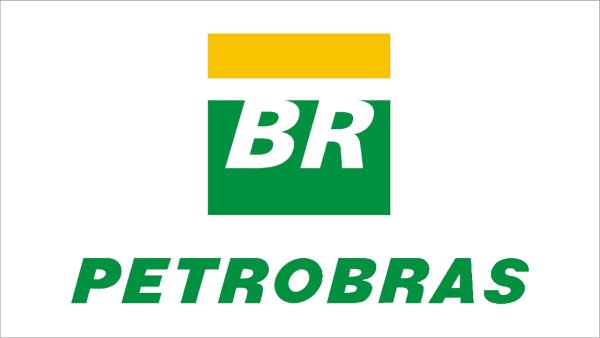
|
Petrobras confirms prompt availability of VLS B24 at Rio Grande
Lead time for barge deliveries currently five days. |
|
|
|
||
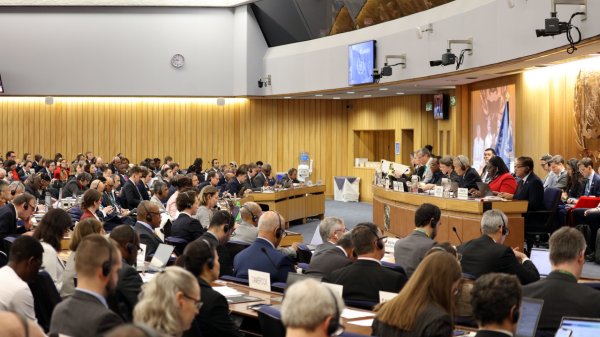
|
IMO approves pricing mechanism based on GHG intensity thresholds
Charges to be levied on ships that do not meet yearly GHG fuel intensity reduction targets. |
|
|
|
||
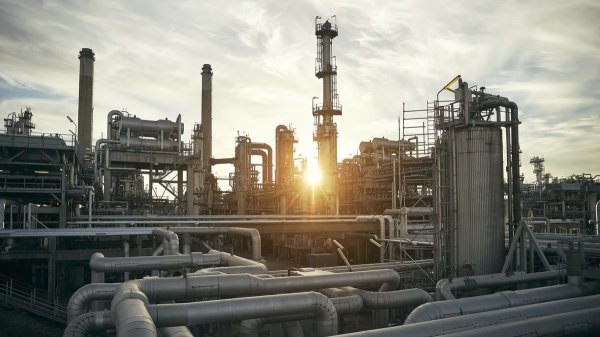
|
VARO Energy expands renewable portfolio with Preem acquisition
All-cash transaction expected to complete in the latter half of 2025. |
|
|
|
||
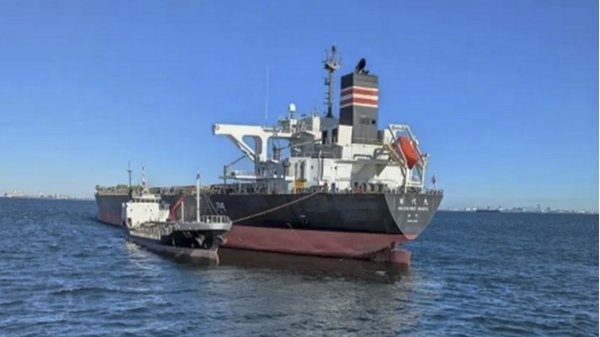
|
NYK trials biofuel in milestone coal carrier test
Vessel is used to test biofuel for domestic utility company. |
|
|
|
||
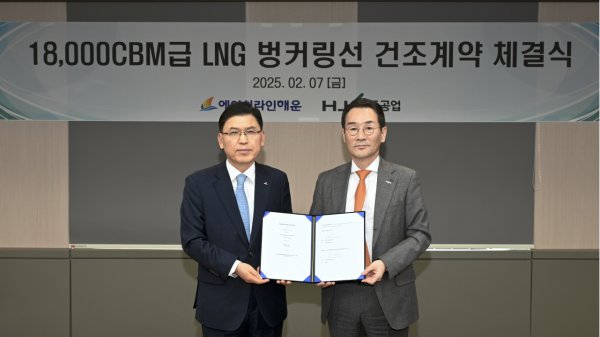
|
H-Line Shipping orders LNG bunkering vessel
Vessel with 18,000-cbm capacity to run on both LNG and MDO. |
|
|
|
||

|
How to engineer and manage green shipping fuels | Stanley George, VPS
Effective management strategies and insights for evolving fuel use. |
|
|
|
||
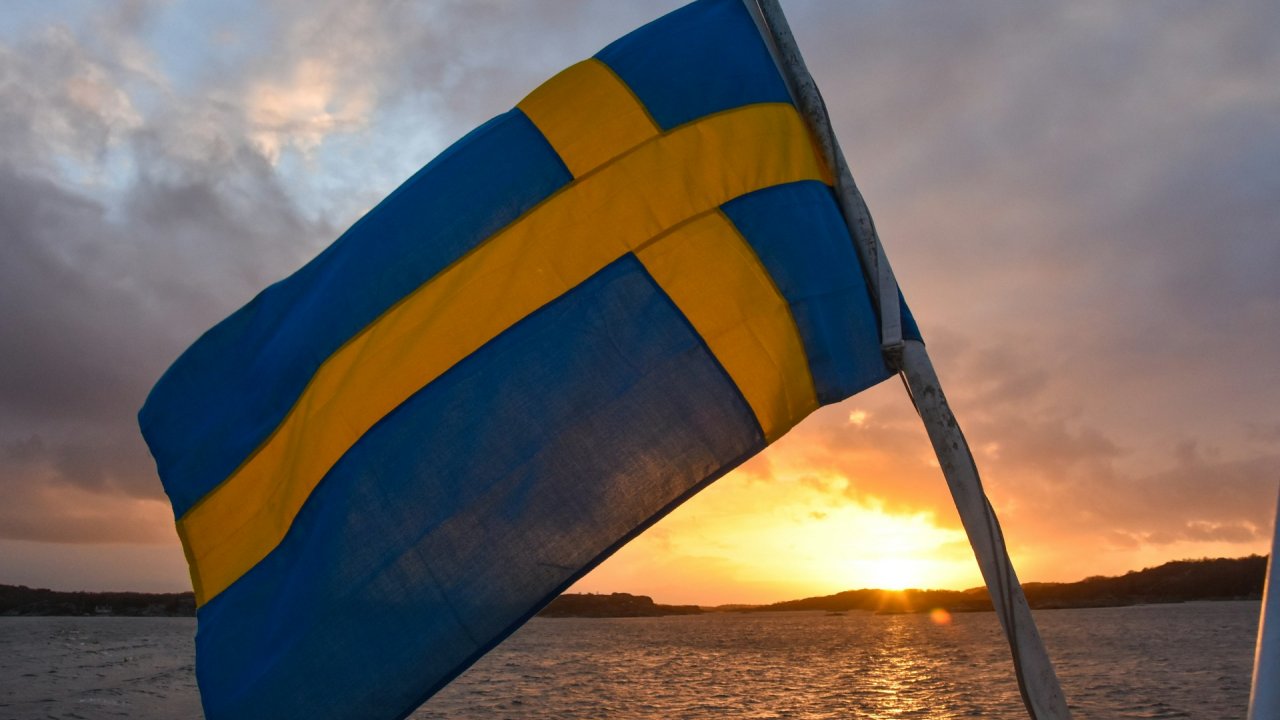
|
Swedish government bans scrubber wastewater discharges
Discharges from open-loop scrubbers to be prohibited in Swedish waters from July 2025. |
|
|
|
||
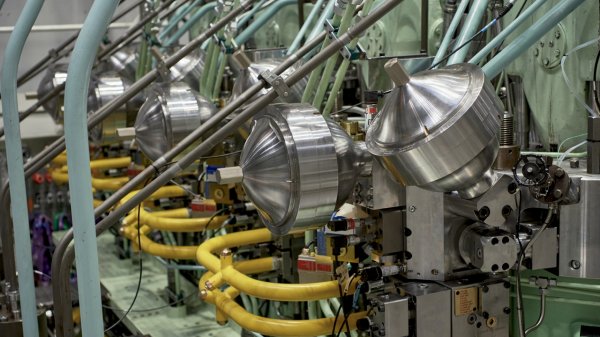
|
MAN Energy Solutions achieves 100% load milestone for ammonia engine
Latest tests validate fuel injection system throughout the entire load curve. |
|
|
|
||
Related Links
- · Plan to develop LNG bunkering facility in Yokohama [Insights]
- · NYK receives delivery of LNG-fuelled vessel [Insights]
- · Maritime network formed to develop harmonised LNG bunkering standards worldwide [Insights]
- · Japan [Directory]
- · Yokohama [Directory]

